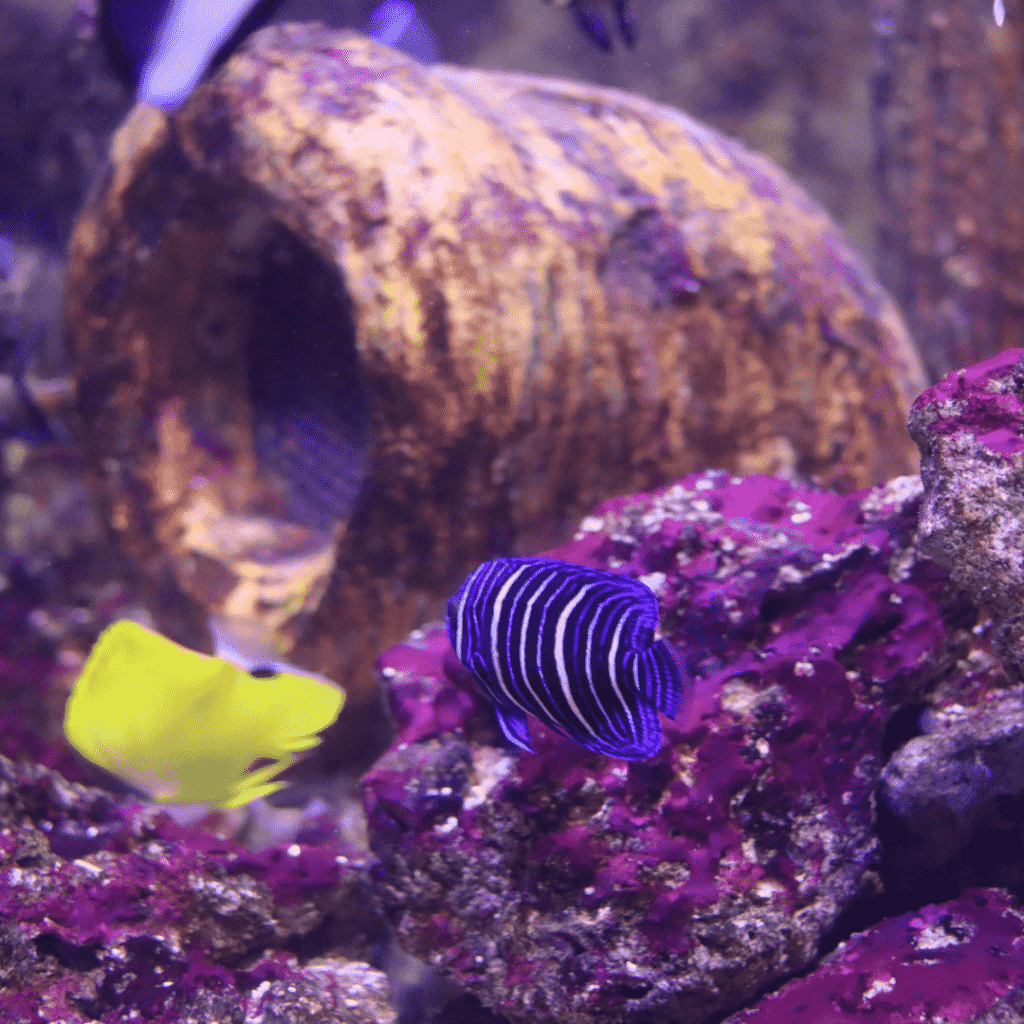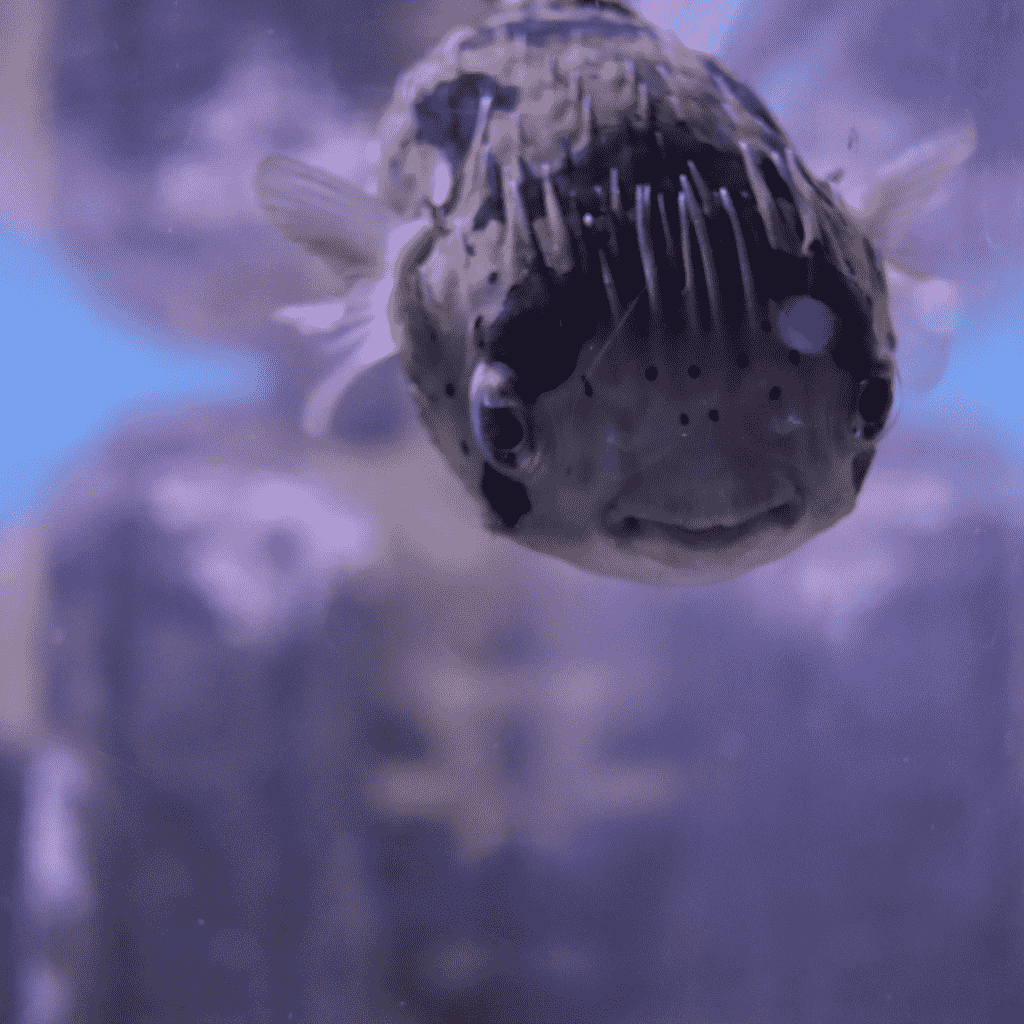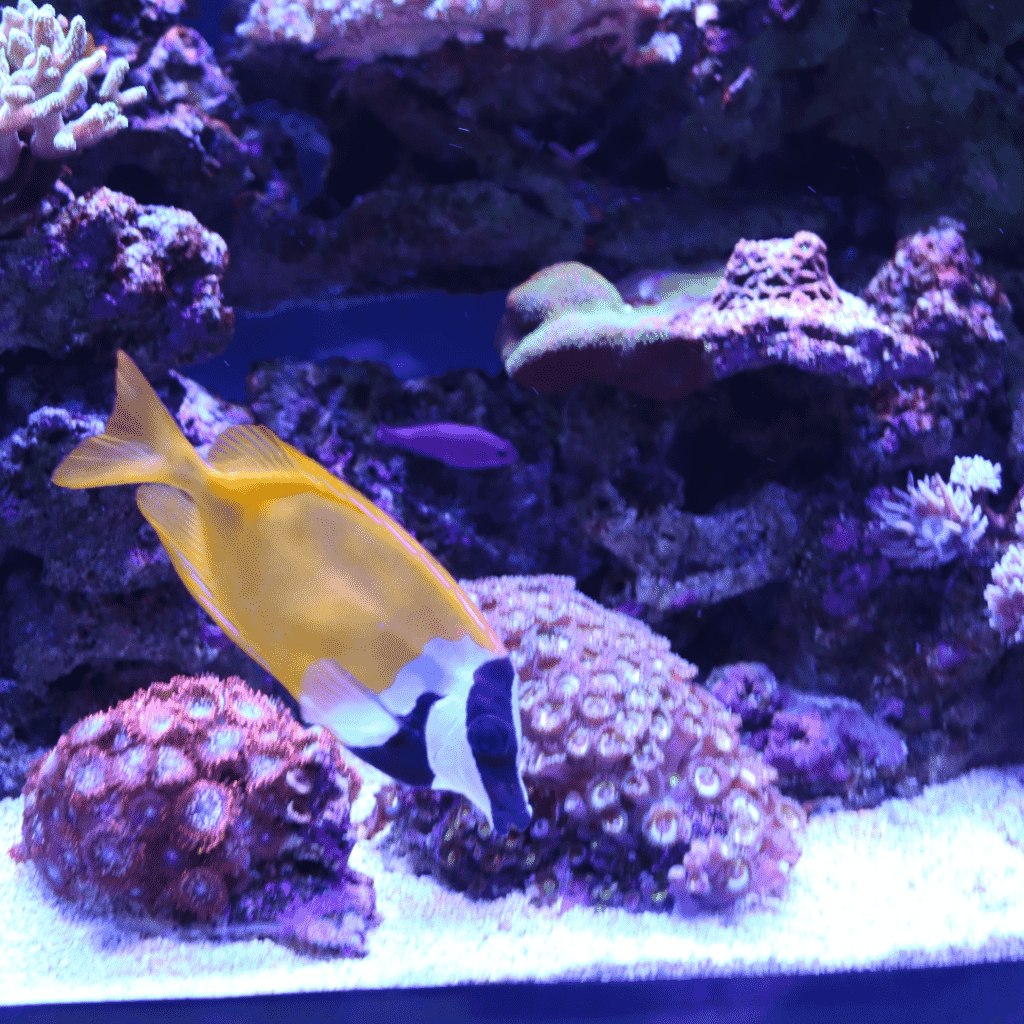APOGON
Discover a submarine trapped in time at the bottom of the ocean as you enter USS Apogon.
USS Apogon (SS-308), a Balao-class submarine, was a ship of the United States Navy named for the Apogon, a group of large-headed salt water fishes with oblong compressed bodies found in tropical or subtropical waters.
The Apogon would often patrol the Pacific Islands for and would hide below the surface on the lookout for Japanese fleets . With the hidden advantage and strong torpedo’s at the Apogon’s disposal this submarine was a real threat against the Japanese war effort sinking tankers and gunboats. Apogon was able to outmanoeuvre small boats but still had the force to take out massive ships.
Apogon was a was well celebrated after World War II receiving six battle stars for her service. After only sinking once during service in 1946 Apogon was used in atomic bomb testing and finally destroyed. In our recreation of the remains of the USS Apogon you can find some war time dive equipment and a tank with some fish who may now occupy it at the bottom of the sea bed just outside of Pearl Harbour.

KRAKATOA

The main tank within the tropics is Krakatoa base on the famous Mount Krakatoa in Indonesia which erupted to a devastating effect on August 27th 1883. The sound of it erupting was heard in Bangkok, 3000 miles away and the tsunami (or giant waves) it created were 45 metres high and travelled at 700mph. At Deep Sea World you will see a recreation of the remnants of these villages devastated by Krakatoa and the exotic creatures that now live among their ruins. This holds many artefacts of Indonesian culture that to this day will still be in the ocean.
CORAL REEF
One of the key features that make up these tropical environments are coral reefs. Coral reefs provide an important ecosystem for marine life, offering food and shelter among their crevices and branches for animals including fishes, molluscs, sea urchins and sponges. These reefs thrive in warm and clear water and rely heavily on the sun to grow. Many Fish use corals as a home as they can remain hidden from larger predators that patrol the tropical seas like hammerhead sharks.
Global warming is causing the water temperature to rise which has a dangerous effect on corals as they expel the algae (zooxanthellae) living in their tissues causing the coral to turn completely white. This is known as coral bleaching and although they may not die from this it can make it really difficult for coral to grow and reproduce.

